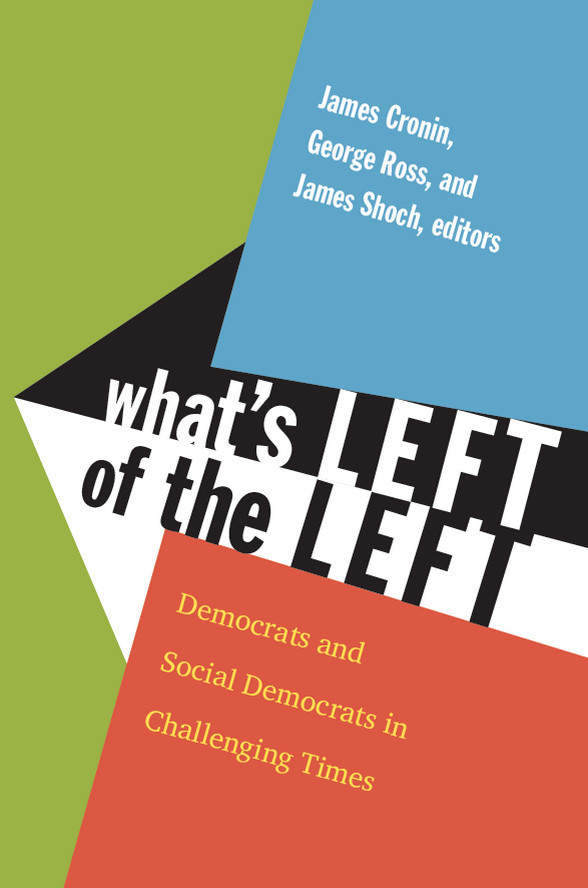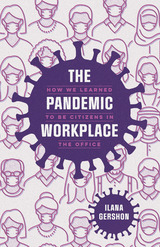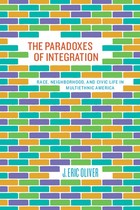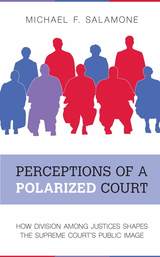What's Left of the Left: Democrats and Social Democrats in Challenging Times
Duke University Press, 2011
Paper: 978-0-8223-5079-8 | eISBN: 978-0-8223-9451-8 | Cloth: 978-0-8223-5061-3
Library of Congress Classification JF2011.W438 2011
Dewey Decimal Classification 324.217094
Paper: 978-0-8223-5079-8 | eISBN: 978-0-8223-9451-8 | Cloth: 978-0-8223-5061-3
Library of Congress Classification JF2011.W438 2011
Dewey Decimal Classification 324.217094
ABOUT THIS BOOK | AUTHOR BIOGRAPHY | REVIEWS | TOC | REQUEST ACCESSIBLE FILE
ABOUT THIS BOOK
In What’s Left of the Left, distinguished scholars of European and U.S. politics consider how center-left political parties have fared since the 1970s. They explore the left’s responses to the end of the postwar economic boom, the collapse of the Soviet Union, the erosion of traditional party politics, the expansion of market globalization, and the shift to a knowledge-based economy. Their comparative studies of center-left politics in Scandinavia, France, Germany, southern Europe, post–Cold War Central and Eastern Europe, the United Kingdom, and the United States emphasize differences in the goals of left political parties and in the political, economic, and demographic contexts in which they operate. The contributors identify and investigate the more successful center-left initiatives, scrutinizing how some conditions facilitated them, while others blocked their emergence or limited their efficacy. In the contemporary era of slow growth, tight budgets, and rapid technological change, the center-left faces pressing policy concerns, including immigration, the growing population of the working poor, and the fate of the European Union. This collection suggests that such matters present the left with daunting but by no means insurmountable challenges.
Contributors. Sheri Berman, James Cronin, Jean-Michel de Waele, Arthur Goldhammer, Christopher Howard, Jane Jenson, Gerassimos Moschonas, Sofia Pérez, Jonas Pontusson, George Ross, James Shoch, Sorina Soare, Ruy Teixeira
See other books on: Democrats | Political Parties | Right and left (Political science) | Social | What's Left
See other titles from Duke University Press












